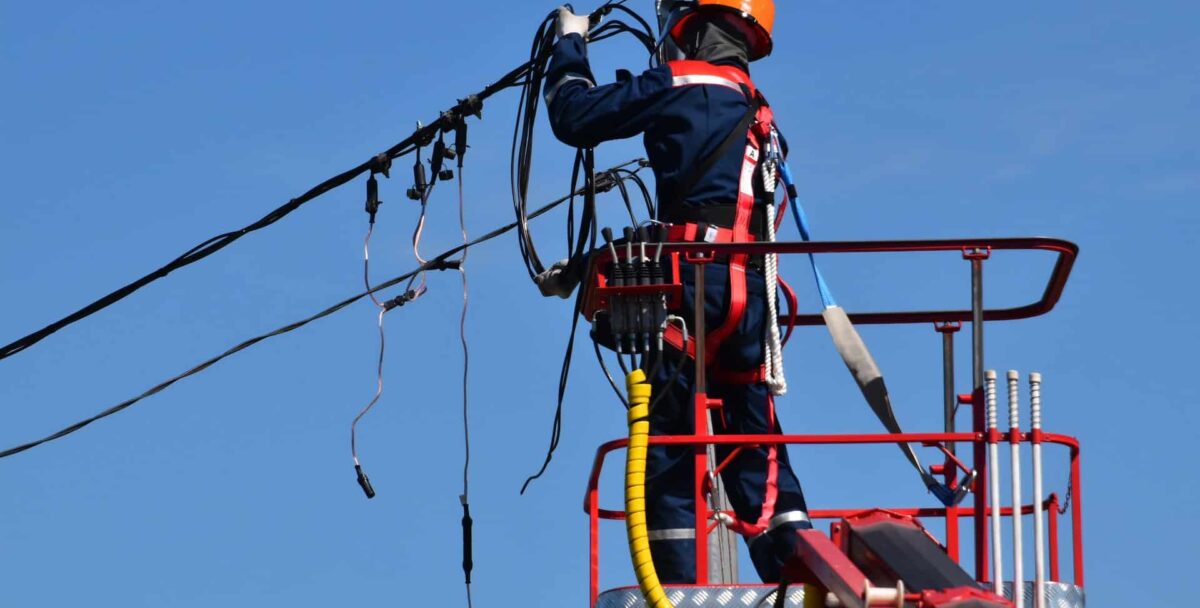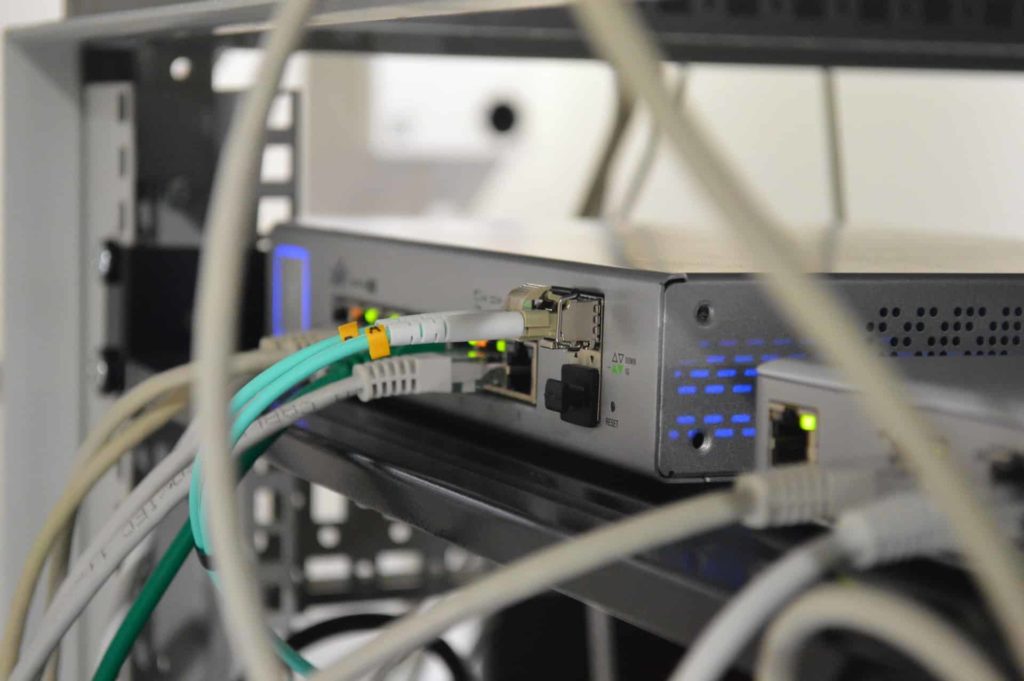In the mid-1990s, a collection of individuals involved in the fiber-optic industry, including executives, managers, supervisors, consultants, and trainers, acknowledged that a majority of installation mistakes arose from a lack of knowledge regarding fiber installation guidelines.
Under the guidance of Jim Hayes, then the head of FOTEC and currently the head of the Fiber Optic Association (FOA), this group established the FOA. Their aim was to create a method for verifying and certifying adequate knowledge and experience in the industry.
Since its creation, the FOA has established 14 certifications, both introductory and advanced, and has provided more than 110,000 certifications globally. Despite these remarkable achievements, installations carried out by inadequately knowledgeable and inexperienced personnel persist. This is partly due to the insufficient understanding of how to evaluate fiber installers.
In this article, we present 10 questions to ask and answers to expect to prevent the selection of underqualified personnel.
Question 1: Will each technician have certification for the tasks they’ll be assigned to perform?
Ideally, the answer should be affirmative.
Question 2: Who certified the technicians?
In the opinion of this author, the Fiber Optic Association (FOA), is the preferred but not the only acceptable authority.
Question 3: What level of certification do the technicians have?
Advanced certification is the preferred answer. The basic FOA certification (CFOT) requires a general understanding, while the advanced certification, Certified Fiber Optic Specialist (CFOS), requires a deeper understanding and practical experience. You can find more information here.
Question 4: How many repetitions has each technician performed for each of their tasks?
To interpret the answers, we suggest following these 5 guidelines:
A higher number is preferable to a lower one. Is there a record, such as a logbook, verifying the repetitions? Does the number reflect successful, low-loss, reliable repetitions, rather than attempts? Of the repetitions, how many are for installation, splicing, or testing methods that will be used in the current project? Do the repetitions exceed the recommended minimums? (See Table) Minimum Recommended Repetitions:
Cable pulling and end preparation: 300
Patch cable installation and dressing: >500
Connector installation: >500
Fusion splicing: >500
Insertion loss testing: >1000
OTDR testing: >1000
Reflectance and ORL testing: >1000
Question 5: To what industry standards will the installation be carried out?
The best answers include NECA/FOA-301; BICSI Information Technology Systems Installation Methods Manual (ITS IMM), ANSI/TIA-568-D, ANSI/TIA-606, Section 770 of the National Electrical Code, and NECA 1.
Question 6: How many fiber-optic installation projects has the company in question completed?
This number can indicate limited or extensive experience.
Question 7: Does the company’s experience cover the type of tasks and number of repetitions required for the current project?
A company that has completed a project with 100 connectors may not have the capability to handle a project requiring 10,000 connectors.
Question 8: What references will the company provide for prior projects of a similar nature and size to the current project?
Speaking directly to these references can provide valuable insight into the company’s work ethic and level of customer service.
Question 9: What fiber installation and testing equipment does the company own?
Experience and expertise often lead to ownership of the right types and quantities of equipment. Ideally the company will have industry preferred gear like what is offered from Fluke Networks. As you would expect, the quality of the equipment being used can have a direct impact on the quality of installation. Check to see if they own multiple fiber termination and testing set ups. Gear can always fail and getting termination and testing tools sent for repairs and calibration can be a lengthy process that will delay a project. Additionally, if you identify that the installer being questioned is renting equipment, this can suggest limited and infrequent experience.
Question 10: Will the company sub-contract any of the tasks?
The answer will reveal if the company has enough certified and qualified personnel to handle the project in question. If there will be sub-contracting, will each technician of the subcontractor be certified as described in Question 1?
Final Thoughts
By asking these questions, the employer can prevent the kind of mistakes that prompted the creation of the Fiber Optic Association. These missteps can bring major risks and financial harm from flawed installations, legal action, and elevated expenses. Making sure to hire skilled and knowledgeable installers can be avoided by using these questions.
Last Updated on March 29, 2023 by Josh Mahan




